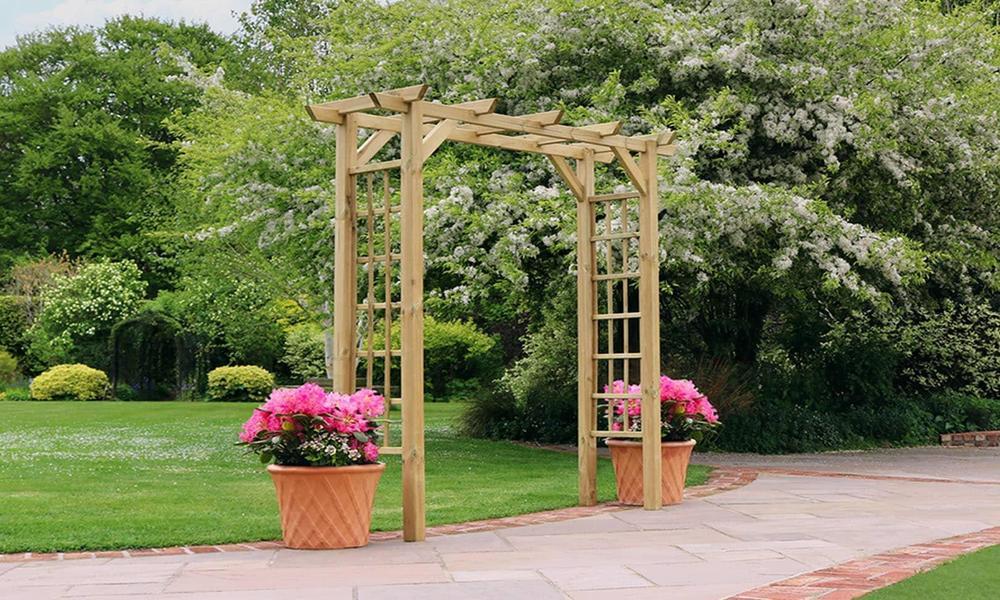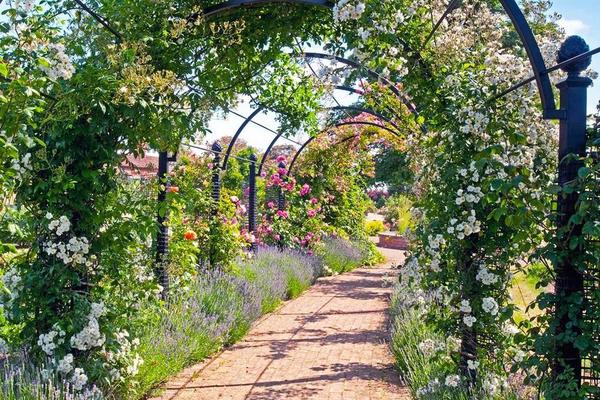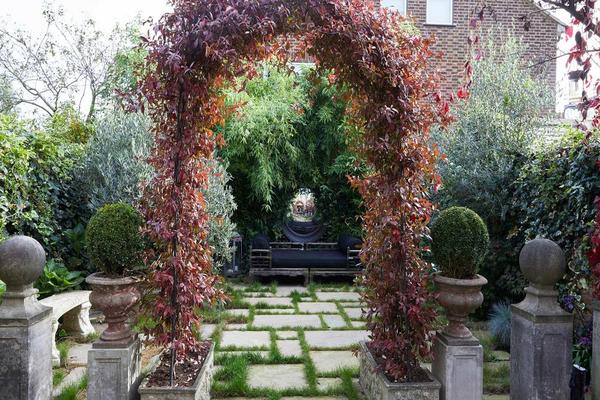
Gardens have long been valued as places that combine natural beauty and human creativity. In these havens of flora, structures such as garden arches play a key role, moving beyond mere decoration and becoming essential elements that shape the atmosphere and purpose of the garden.
The significance of a garden arch
The history of garden arches dates back to ancient civilizations, where they were often used as architectural elements to mark entrances, paths, and passages. Over time, garden arches have moved beyond their utilitarian origins to play a decorative and symbolic role in various cultures and styles of garden design.

The garden arch is a visual masterpiece that can transform the garden’s overall look. Arches draw the eye upwards by providing a vertical focus, creating a sense of height and dimension in even the smallest spaces. The curvature of the arch softens the sharp lines and angles of plants and hard surfaces, creating a harmonious contrast that enhances the garden’s visual appeal.
In addition, arches provide a base for climbing plants to grow, allowing nature to intertwine with architecture and create living, breathing works of art. The play of lush foliage and delicate flowers against the arch’s architectural backdrop ignites a symphony of color and texture that captivates visitors and evokes a sense of wonder.
Besides their aesthetic charm, garden arches offer practical benefits that contribute to the functionality of a garden. In this capacity, the arches create a sense of travel and transition, enhancing the narrative experience of exploring the garden. In addition, garden arches can define walkways, making a sense of structure and organization in garden design. When strategically placed, arches can also frame scenic views or draw attention to specific focal points, enhancing the overall garden design composition.

Garden arches have a remarkable ability to convey symbolic meaning and tell stories. In many cultures, arches represent passages, thresholds, and gates between different realms or states of being. Bows can also symbolize personal growth and transformation, reflecting the ever-changing nature of life and nature itself. Read this article to get more hints.
The interpretation of the role of the garden arch can vary greatly depending on cultural perspectives. Conversely, gardens may emphasize the arch as an architectural embellishment that enhances the garden’s beauty and the surrounding landscape.
Conclusion
The role of the garden arch goes beyond mere decoration. As an architectural feature that seamlessly combines human creativity with the wonders of nature, the garden arch captivates the senses and evokes a sense of magic in a garden space.



